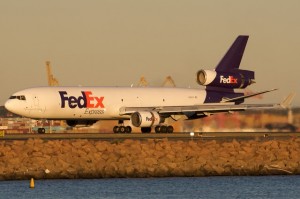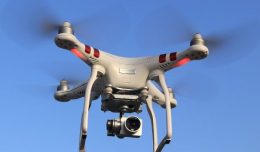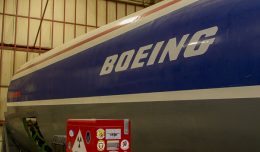This article originally appeared on AirlineReporter.com.
The MD-11 was probably a bad idea. McAir came up with the aircraft because it was a bigger, meaner, DC-10. So much DC-10 that there originally was not going to be an MD-11, but a DC-10 stretch. There were two attempts at this aircraft: a DC-10-10 stretched by 40 feet, and a DC-10-30 stretched by 30 feet. Concurrently, McDonnell Douglas was concerned about the range of the 747-SP and began work on an ultra-long-range DC-10 Global.
This research lead to an aircraft series called the DC-10 Super 60. The DC-10 Super 60 was going to be a series. A simple stretch, an ultra-long-range variant, and an aircraft optimized for both range and capacity. Unfortunately for McDonnell Douglas, the American Airlines 191 crash happened – summarily executing the DC-10 program. It did not help that there was economic malaise going on at the time, either.

Many MD-11s have been converted to cargo duty. An example arriving at Kingsford-Smith Airport, Sydney. (Bernie Leighton | AirlineReporter)
Being the kings of iteration that they were, in 1981 they decided to revive the large trijet research. Leasing a DC-10-10 from Continental, they studied various winglet configurations in conjunction with NASA. For reasons of marketing, this project would be designated the MD-100. This was an interesting project as it actually offered more engine options than the final MD-11, in the form of the Rolls Royce RB.211. By November 1983, it was clear there was no interest in the MD-100. The board shuttered it.
By this point, airlines were starting to question the viability and future of McDonnell Douglas as a commercial aircraft manufacturer. No new DC-10 orders were placed in 1984. The line was only active because of the U.S. Air Force order for sixty KC-10s.
The board, however, was still convinced that there was need for a new DC-10 variant. This time, it was to be called the MD-11. The MD-11 was to come in two versions, both powered by either General Electric CF-6s or Pratt & Whtiney PW4000s. There was to be the MD-11X-10 (identical in length to the DC-10-30 but with a much higher Max Gross Weight and range of 6,500nm) and the MD-11X-20 (a 331-seat stretch with a range of only 6,000nm).
Click here to read the rest of this article at AirlineReporter.com.







